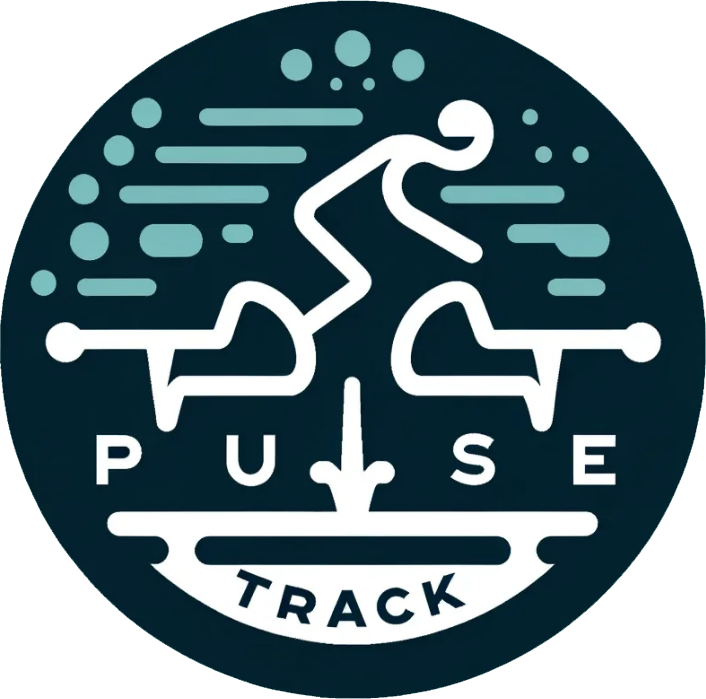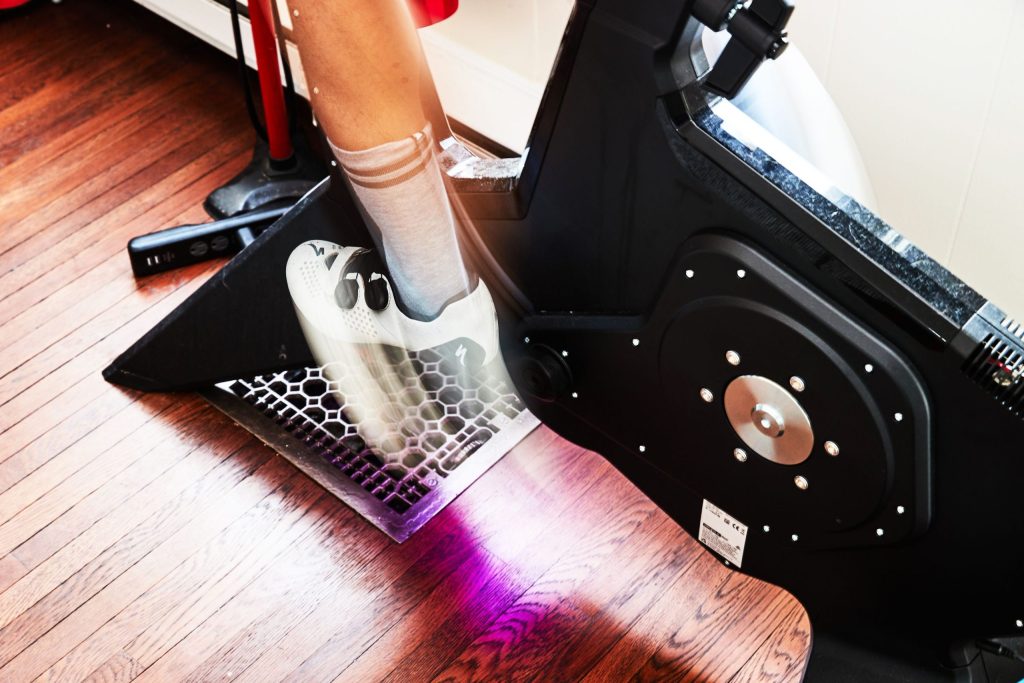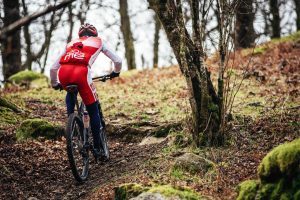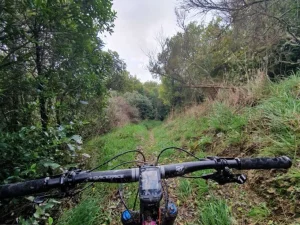Analyze Muscle Oxygenation
The phenomenon of high-cadence cycling, that is, of maintaining a high revolution per minute rate on the pedal, has a harsh impact on muscle oxygenation. When a person rides at a high cadence, which is typically above 90 RPM, the body’s need for oxygen increases because the muscles are more active without necessarily increasing resistance for the purpose of maintaining the speed.
Effect on Aerobic Capacity
The first benefit of high-cadence cycling is that it enhances aerobic capacity, which allows cyclist to enjoy longer rides without feeling tired. According to research at the Sports Science Institute, individuals on a six-week training routine that involved maintaining a 100RPM resistance while working out on a bike improved their VO2 max by 5% over the period. This proves that high-cadence cycling effectively increases the body’s oxygen-carrying capacity and, therefore, its cardiovascular fitness level.
Effect on Muscular Endurance and Efficiency
The second advantage is that it enhances muscular endurance and muscle and oxygen utilization efficiency. Research at The Bicycle Facet noted that when a rider maintains cadence of 85-95 RPM, the Type I muscle fibers that engage the oxygen for energy conversion are utilized. The activity of these muscles ensures that other muscle fibers and connective tissues are less strained or injured by the human activity. This is particularly beneficial for those individuals who engage in cycling as a sport.
Lactic Acid Production and Clearance
The other crucial effect regarding cadence on cycling is that it influences the rate of production and clearance of lactic acid. According to research by runners at The Science of Sport, high cadence cycling creates higher rates of lactic acid production, but it also leads to a quicker clearance of the chemical. This balancing effect is crucial for maintaining muscle function and delaying onset of fatigue. For instance, the reason why Lance Armstrong’s high-cadence cycling style worked for him was because he managed his lactic acid clearance effectively and, thus, could withstand extreme fatigue and ride longer distances. Therefore, for a beginner or a cyclist seeking to explore high cadence techniques, I would advise the cyclist to start slow by including short-distance high-cadence cycling in the person’s daily routine.
Effect of Cadence on Heart Rate
The high-cadence cycling has a significant effect on the heart rate dynamics, with the elevated pulse being a response to the greater cycling challenge. When cyclists start to pedal faster, their heart rate increases as the cardiovascular system needs to supply oxygen to muscles working at a higher intensity.
How the Two Parameters Change
Heart rate and cadence are positively correlated, meaning that they tend to increase simultaneously, and their changes are usually linear. In a study by Lucía and Hoyos, the amateur cyclists’ mean heart rate at 70 RPM was 92 BPM, and at 110 RPM it equalled 101.2 BPM, which represents a 10% increase. The heart rate increase primarily results from the work rate demand on the cardiovascular system to supply different working muscles with adequate levels of oxygen.
Heart Health Consequences
It is worth noting that high-cadence cycling benefits the riders’ heart health, and one of the key advantages is the promotion of a more efficient cardiovascular system. Higher cycling cadences improve stroke volume and cardiac output, meaning a cyclist’s heart will pump more blood with every beat and in total during one minute. The training at higher RPM will teach the heart to pump blood more efficiently during both exercise and rest.

Practical Advice
The cyclists who would like to use high-cadence cycling to remain within a suitable heart rate range and improve their heart’s health should use interval training. These cyclists can start with a two-minute high-intensity interval and then return to pedalling slower to regain their strength. A 40-minute exercise interval of alternating slow and fast cadences should consist of four sprints.
Energy Efficiency at Different Paces
When talking about high-cadence cycling, it is essential to be aware of how our pace influences the way energy is utilized by the body. Understanding the energy cost at given cadences, as well as the most energy-efficient cadences, can be vital in improving a cyclist’s performance and endurance across various rides.
Optimal Cadence for Energy Conservation
Studies have shown that there is an optimal cadence rate at which cyclists are most efficient in terms of energy use. For example, a study comparing the energy expenditure at different cadences determined that amateur cyclists are most efficient riding at a pace from 80-90 RPMs. According to the study’s results, cyclists reported the least perception of effort and the best energy utilization, as reflected in lower oxygen consumption at this pace to ride the same distance.
High vs. Low Cadence Energy Impact
It can be stated that high cadence facilitates aerobic demand, which, if sustained over time, may become an excessive strain and depletion for the oxygen delivery system, leading to sudden fatigue. Low cadence, on the other hand, facilitates losing energy owing to the increased impact on the muscular system. For example, in a study about the effect of power-output-matched steady rides at 60 RPM and 100 RPM upon recruited muscle tissues, it was found that participants who rode at 60 RPM demonstrated up to 20% higher muscular strain and began experiencing fatigue earlier than participants in a 100 RPM experiment.
Implementing Energy-Efficient Cadence Practices
To identify the most energy-efficient cadence and maintain it, cyclists are encouraged to invest in a cadence sensor for their bikes to be able to monitor their power output and heart rate. It is also beneficial to participate in structured training sessions that employ cadence drills for purposes of muscle and cardiovascular system adaptation for sufficient operation at varying pace across different cadences, including both low and high-cadence intervals during one session to enhance metabolic flexibility.
Biomechanics of Fast Pedaling
Exploration of the biomechanics of fast pedaling helps to understand how cyclists can improve their efficiency of the pedal stroke as well as decrease the injury risk. Fast pedaling means to maintain the sync speed over 90 RPM. Precise coordination and intricate muscle adaption are required. Work with cadence over 90 RPM impacts the muscle activation and coordination, force and load on the joints as well as the techniques for better efficiency.
Muscle Activation and Coordination
When the speed of pedaling is higher, the cadence regulates to work over 90 RPM. The body needs to coordinate the muscle groups in the efficient manner to maintain the speed of the pedal. EMG studies show that cadence over 90 RPM is accompanied by an increase in the frequency at which muscle groups are activated, and the same is the case for both quadriceps and hamstrings. The latter should fire quickly at regular intervals to facilitate smooth and efficient pedal stroke.
Joint Stress and Load Distribution
As far as the mechanics is concerned, the high cadence influences the forces and load on the joints of the body, especially knees and ankles. In spite of the fact that the force on the knee is less when the cadence is higher because the force per pedal stroke is decreased, the total number of pedal strokes is greater, and the force of stress is potentially greater. For example, in the duration of 60 minutes of cycling, the same cyclist will observe the force on the knee joint 20,000 times at 70 RPM. Latter would be approximately 36,000 for the same time, meeting the 100 RPM cadence.
Techniques for Better Efficiency
The former part shows that training for high-cadence is helpful for maintaining the stress for a less period. Moreover, such a drill as one-legged pedaling can be used to fix the imperfections and holes in the pedal stroke, Doing those things may enhance the performance of the pedal stroke if an individual tries to use the developed technique. At the same time, the latter part identifies the outcomes that high-cadence is potentially dangerous for human’s health. As a result, the biomechanical conditions should be forensically prepared for high-cadence training without the development of new injury.
Stabilizes Muscles During High Cadence
In order to stabilize muscles during high cadence cycling, it is important to understand how this process works, as well as what specific muscles need to be put to work. Indeed, this method requires significant muscle control and endurance, particularly for some stabilizing and supporting muscles in the core and lower body that help fast pedaling.
Core and Lower Back
The first step to maintaining integrity in high cadence at this point is ensuring that the core and lower back muscles are trained enough to stabilize the entirety of the body. Higher hip, trunk, and core strength have been shown to help cyclists ride at high cadences and avoid compensatory movements which are less efficient and can cause strain and injuries. As a result, exercises including plank and bridge variations are often suggested to support hight-cadence cycling.
Hip Stabilizers and Cadence
The lateral muscles of the hip such as the gluteus medius and minimus are often not considered important for saddle time work. However, in effect, the speed of pedal requires more stabilizing, which leads to a lateral movement of the hips that the muscles help control. Hip stabilizers can be trained, for instance, with side leg raises and hip thrusts.
Methods for Practical Implementation and Muscle Stabilization
In support of the above, it becomes apparent that in order to stabilize muscles during high cadences, an approach must be developed that would incorporate all muscle conditioning workouts at this point. As such, it is important to focus on exercises that would ensure that the same cycle motion is essentially needed for high-cadence riding as well. For example, leg workouts which are low in weight but high in pres can ensure that the legs will have the necessary endurance for the motion as such.

Long-term Effects of High Cadence Training
One such method is using a high cadence approach in training. High cadence is defined as continuously pedaling at an increased revolution rate for a prolonged period of time, generally over 90 RPM Total Cyclist. This method is highly effective at improving cardiovascular fitness, muscular endurance, and pedaling efficiency in the long run, offering a number of benefits for amateur cyclists.
Cardiovascular Benefits
Using high cadence training in the long term results in significant cardiovascular adaptations. According to Moran, this type of training will increase the cyclists’ VO1 max value, which otherwise represents the maximum quantity of oxygen a person can consume during intense physical activity. The study referred to by the scientist suggests that after a year of high cadence training, the participants displayed an average increase in VO1 max of 7%, which closely correlates with the significantly improved aerobic capacity and overall endurance. The higher cadence intervals also reduce overall fatigue and allow the individual to cycle for longer distances at higher speeds.
Muscular Adaptations and Efficiency
Furthermore, continuously pedaling at a high rate also affects the muscle fibers present in the cyclist’s legs. They shift towards type I, also known as slow-twitch fibers, which are more resistant to fatigue and more efficient at oxygen use. The far greater percentage of these fibers also lends a significant advantage in long-distance cycling Kadagas. The cyclists will experience that they may maintain a higher speed they can achieve in lower-cadence intervals far longer without growing unduly tired.
Joint Longevity
Although high cadence training is a valuable tool, it also has some drawbacks. The cycling rotation is purely one-dimensional and, if done at high speeds, can place undue stress on the knees and ankles. It is important to combine a high rotation workout with lower cadence, high-resistance counterpoint and supplement the training with strength and flexibility exercises to provide muscle support for these joints and increase joint long-term health.





